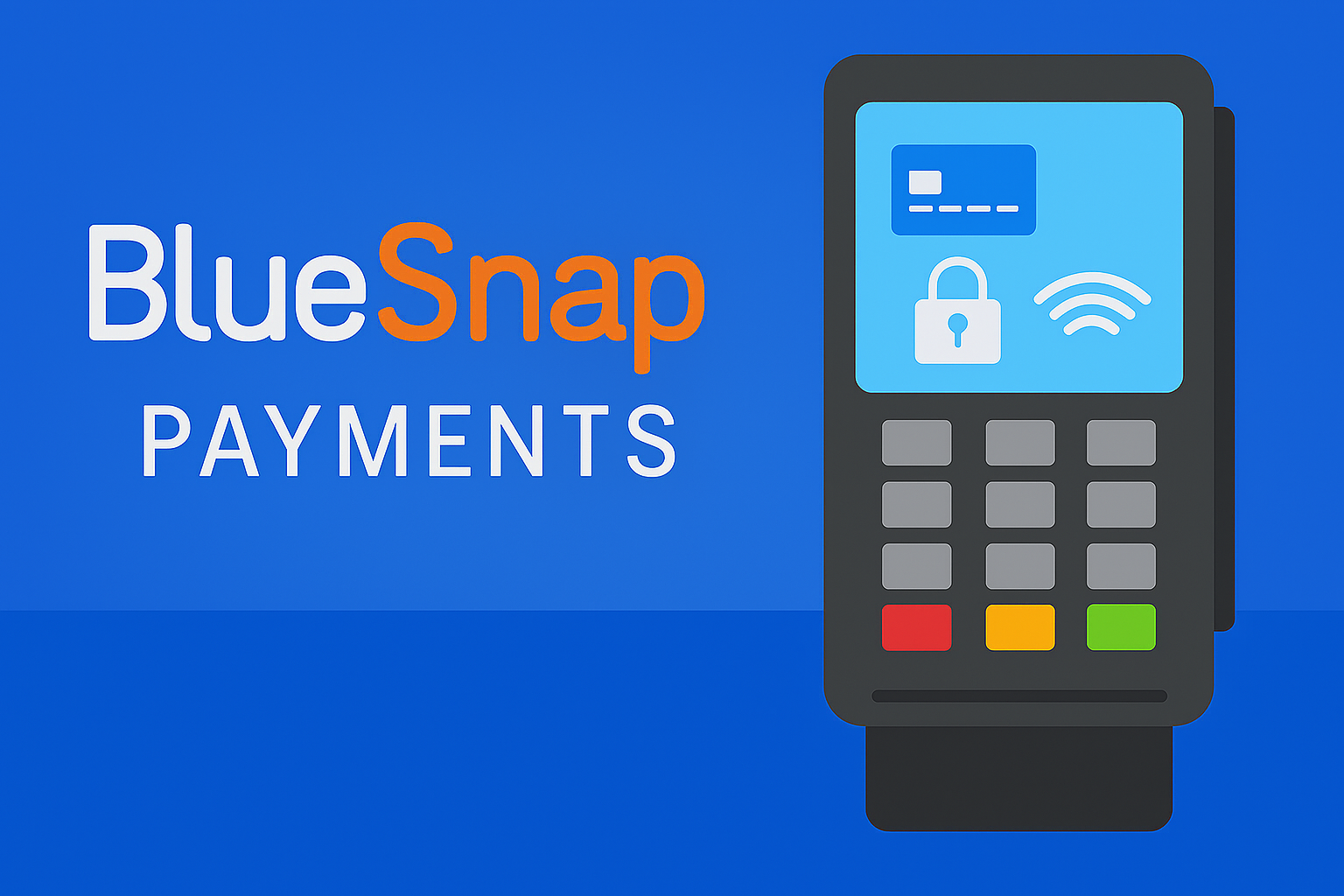Compare features, benefits, and user experiences before choosing your card.
BlueSnap is a global payment technology company that provides a robust, all-in-one platform for merchants to accept payments online, in-app, and through marketplaces. With support for over 100 currencies, 100+ payment methods, and advanced features for fraud prevention, BlueSnap has become a preferred choice for businesses operating internationally. Unlike PayPal or Venmo, which are more consumer-focused, BlueSnap is built primarily for merchants who need a unified, developer-friendly solution that scales across borders. In this review, we’ll examine its features, benefits, fees, and how it compares to alternatives like Stripe, 2Checkout, and Payoneer.

BlueSnap positions itself as a payment orchestration platform, meaning it not only processes payments but also intelligently routes them to maximize approval rates and reduce costs. This makes it especially attractive for mid-size and enterprise merchants with global operations. By offering built-in fraud prevention, tax and compliance tools, subscription management, and reporting analytics, BlueSnap helps businesses consolidate what would otherwise require multiple vendors.
BlueSnap does not publish its standard pricing as openly as Stripe or PayPal, which can be a concern for smaller merchants. However, the typical rate is around 2.9% + $0.30 per transaction, similar to industry averages. For larger businesses, BlueSnap offers custom enterprise pricing with volume discounts. Additional fees may apply for chargebacks, cross-border transactions, and advanced fraud management. While not the cheapest, the integrated orchestration tools can help merchants save money by reducing failed transactions.

BlueSnap comes packed with enterprise-grade features that set it apart from basic processors:
BlueSnap offers a range of integration options: hosted checkout pages, APIs, mobile SDKs, and pre-built plugins for platforms like Magento, WooCommerce, and Shopify. The hosted checkout solution is quick for non-technical merchants, while developers can use APIs for deeper customization. While powerful, the platform can feel overwhelming to first-time users, making it better suited for medium to large merchants rather than small freelancers.
Security is a major selling point for BlueSnap. The platform is PCI DSS Level 1 compliant and offers tokenization, 3D Secure 2.0, and AI-powered fraud screening. Businesses can set custom rules to decline suspicious transactions, reducing the risk of chargebacks. This is particularly important for global merchants, where fraud rates can be higher.
With support for over 100 currencies and numerous local payment options, BlueSnap excels at international coverage. Customers in Europe, Asia, and Latin America can pay using methods familiar to them, improving conversion rates. This global-first approach makes BlueSnap a strong competitor to 2Checkout (Verifone) and Payoneer, which also target international sellers.
BlueSnap provides support via email, live chat, and phone. The knowledge base is extensive, but response times can vary. Enterprise clients typically get better account management compared to small businesses. While adequate, customer support is one of the areas where BlueSnap could improve.
Compared to Stripe, BlueSnap is less developer-friendly but offers more built-in orchestration for international payments. Against PayPal, BlueSnap provides stronger tools for merchants but lacks PayPal’s consumer brand recognition. 2Checkout (Verifone) and BlueSnap both compete in the global payments space, but BlueSnap differentiates itself by emphasizing orchestration and SaaS billing.
BlueSnap is a powerful choice for merchants who need a unified, global payment solution. Its advanced fraud prevention, subscription management, and payment orchestration make it ideal for SaaS businesses, marketplaces, and international retailers. While not as user-friendly for beginners, BlueSnap shines for merchants who value data-driven optimization and global reach.
For small businesses, PayPal or Square may still be simpler options. But for mid-size and enterprise businesses operating internationally, BlueSnap is an excellent choice that balances flexibility with security.